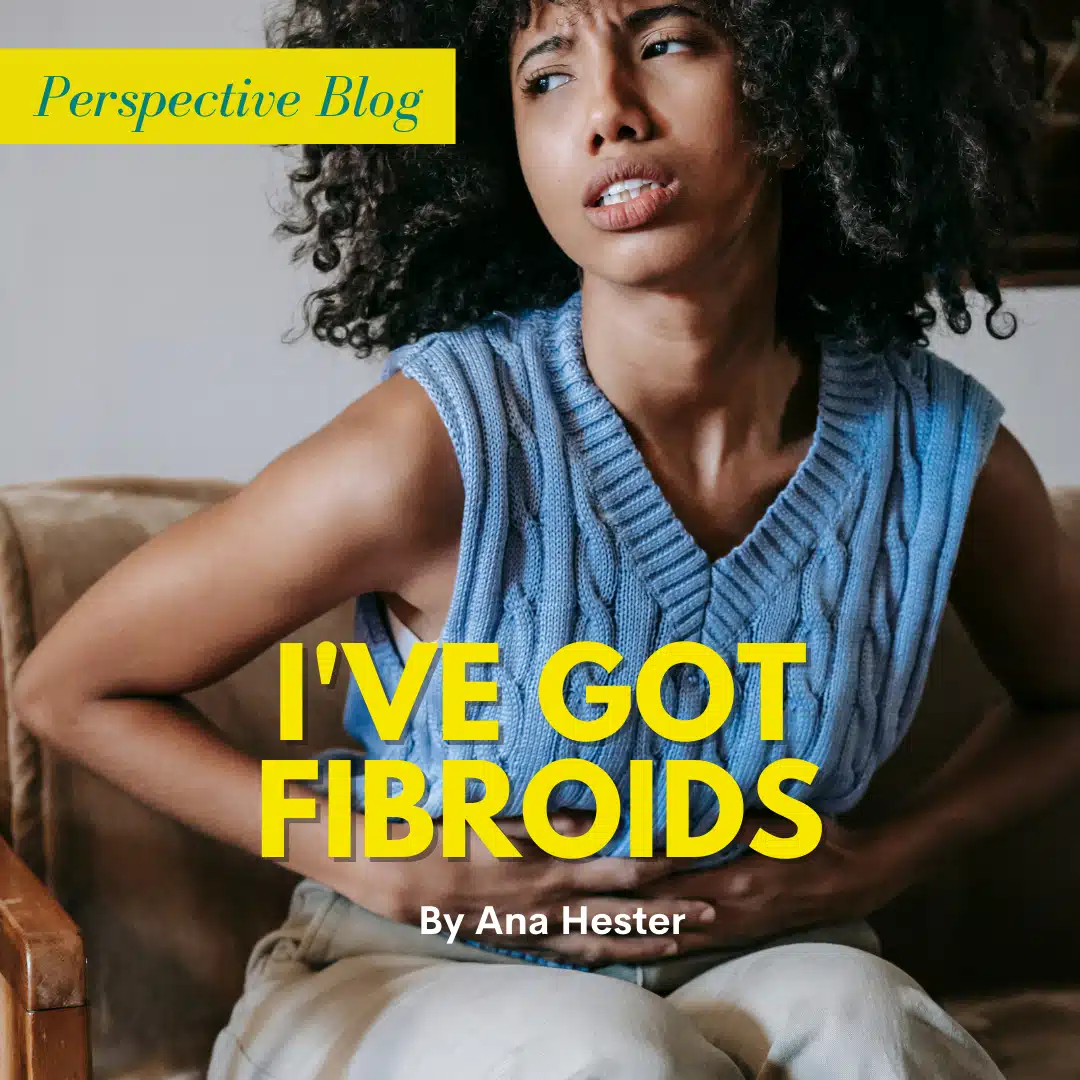“Unfortunately, we have found a growth that appears to be a fibroid.”
Very similar to the confusion of an IBD diagnosis, the discovery of a fibroid or multiple fibroids can have you confused about what this means and what are the next steps.
The first step is arming yourself with knowledge about your diagnosis.
“What are fibroids?”
Fibroids are abnormal growths that develop on or in the muscle tissue of a woman’s uterus. Fibroids also known as tumors and continue to grow left untreated. The growth can cause extreme pain and discomfort, anemia, increased urinary frequency, fertility program, pregnancy complications, and heavy menstruation cycles if left untreated.
While there is no specific cause for fibroids, nearly a quarter of African American women between the ages of 18 and 30 will be diagnosed with fibroids. This number greatly increases over the age of 35. The high reoccurrence often leads to hysterectomies though newer methods known as minimally invasive surgeries will not affect a woman’s ability to get pregnant. Some of the possible risk factors are earlier start of menstrual cycles, obesity, stress, and lower levels of Vitamin D.
“What does this mean for you?”
African Americans experience disparities in healthcare that often lead to misdiagnosis or no diagnosis of serious issues such as fibroids. When you feel that you are experiencing symptoms to include pain or heavy bleeding that appear outside of the normal menstrual cycle, speak to your gynecologist immediately. Ensure that you are keeping up with your well woman’s exams yearly and requesting additional testing such as ultrasounds and urology exams. All of these can help with early detection and provide you with an opportunity to stay ahead of keeping the fibroids from growing.
You know your body better than anyone else. Pay close attention to the pain and discomfort you may be feeling and address it with your provider immediately.
Ana Hester

